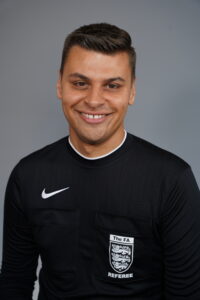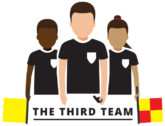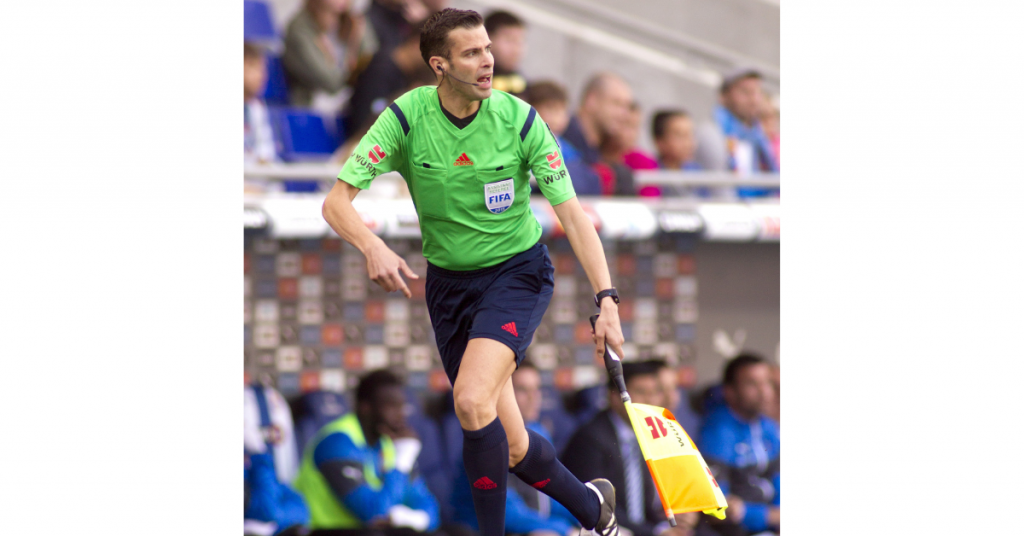“You don’t notice the referee during the game…unless they make a bad call (decision).”
Referees are under a significant amount of pressure to make the correct decision when it counts. In fact, in a 90 minute game, officials make over 300 decisions per game, and usually, less than 2% of these are incorrect. With so much to be aware of, it’s only natural that mistakes are made by human beings every now and then, but there are definitely some things that players and club officials do unknowingly that make those errors more frequent.
Let’s examine what happens during that less than 2% of the time that referees make mistakes. Research has shown that players and club officials who are seemingly uninvolved in the game can influence an assistant referee’s decision regarding the judgement of offsides.
What Studies Have Shown
Psychologists selected all of the offside decisions from a complete season of a German football league.
The aim was to identify three things:
- Were the offside decisions correct?
- What was the distance between each of the players, and what was the distance between the players and the assistant referee’s line of sight?
- How many players were around the player receiving the ball?
They were trying to see if the number of players close to the official’s line of sight or the number of players around who the ball is played to would influence whether the assistant referee’s decision was correct.
So, what did they find?
- More players close to the referee meant more incorrect decisions – Interestingly, when more players were near to the assistant referee’s line of sight, the official made more incorrect decisions.
- More players close to the relevant one meant more incorrect decisions – Having more players around the relevant one (meaning, the one being passed to and in question of being offside) had a similar effect. When this was the case, the official made more errors.
Why Did This Happen?
There could be a number of reasons for these refereeing mistakes, but the study is clear that the players themselves are having some kind of effect.
Having a significant concentration of players in a close area of the field of play would make it difficult for anyone to see who is infringing law, a trained eye being no exception. When you’ve got more people to distinguish, decision making becomes less accurate, because the chances of an error increase.
In theory, a high concentration of players could lead to more errors depending upon whether the official raises their flag or not. Assistant referees are advised to only lift the flag if they are completely sure that the attacking player is offside, so if it is too close to pass judgment, the benefit goes to the attacking team. At the elite level of the game, this is where VAR comes in very useful, there’s no hiding from technology.
What More Do We Know About The Psychology Of Referees?
Like everyone, officials can have subconscious biases, causing them to make below par decisions without even meaning to. Here are some of the most common and impactful ones:
The Crowd Effect
One referee bias is the Crowd Effect, the atmosphere that spectators create can influence the official’s decision by making them change their emotional response, and subconsciously challenging their decision.
The Home Advantage Effect
Similarly, there seems to be a Home Advantage Effect, with home teams being less likely to receive yellow and red cards, and having more time added when they are losing.
This links to the atmosphere that the crowd create, and the referee’s subconscious desire to please the crowd. Essentially, when the home spectators are generating too much noise, the official might fail to properly integrate the relevant visual and auditory cues, meaning they will favour the home team and award fewer fouls against them.
The Ill-Disciplined Team Effect
Another bias is the Dirty Team Effect, where referees rely on past experiences and knowledge about a team to make quick decisions. This means that a team with a poor reputation might be treated more harshly by an official, simply because they rely on previous thoughts about that team, rather than what’s actually happening in front of them.
Final Reflections
This research has shown the power of positioning in affecting a referee’s decision. From this, we can see just how easy it is to make an incorrect decision and fail to penalise infringements of The Laws of The Game. However, with a crowd watching the players and club officials from every angle, it’s hard for an official’s mistakes to go unnoticed.
At The Third Team I work individually and in collaboration with different professionals where I have developed workshops and 1-2-1 sessions associated with Resilience and Mental Toughness Development to help referees. The workshops and 1-2-1 sessions are interactive, where referees are encouraged to open up and share their experiences to help themselves and each other.
Feel free to contact me if you’d like to know more about my workshops or 1-2-1 sessions and how I could help you or your officials.
Best Wishes,

Nathan Sherratt
Referee Educator & Managing Director of The Third Team

Nathan Sherratt
Nathan Sherratt, Referee Educator, Resilience Trainer and Managing Director of The Third Team. A Mental Toughness Practitioner based in County Durham, North East England.

